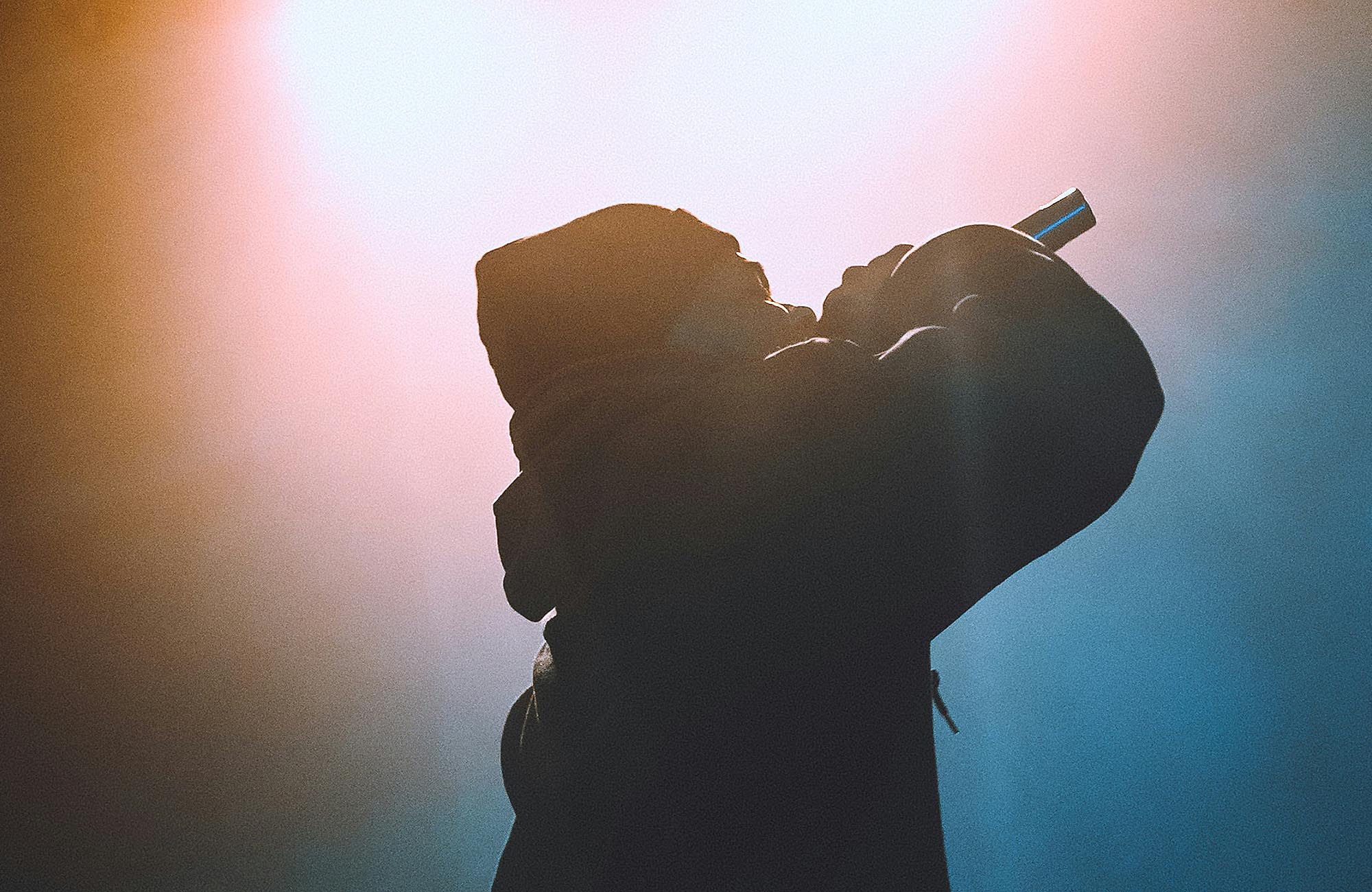
Best Beats for Beginner Rappers (Top Picks and How to Choose)
Introduction:
Starting your journey as a rapper is an exciting time. Every artist dreams of creating songs that connect with listeners, build a loyal audience, and leave a lasting impact. But before you record your first track, there’s a crucial decision that often gets overlooked: choosing the right beat.
The instrumental you select is not just the background for your lyrics — it’s the heartbeat of your song. Especially for beginners, the beat can either support your flow and inspire your creativity, or it can make it harder to find your voice. That’s why picking the right type of beat early on is so important.
In this guide, you’ll learn what makes a beat ideal for beginner rappers, how to choose wisely based on your personal style, and which types of beats give you the best chance to create music that feels authentic, powerful, and memorable.
Why the Right Beat Is Critical for Your First Songs
When you are new to rap, everything you do leaves a strong first impression — on listeners, collaborators, and even on yourself.
Choosing a beat that aligns with your current skill level and artistic goals can make writing, recording, and performing your first tracks much smoother.
A good beat will naturally guide your timing, help you feel the rhythm intuitively, and give your lyrics emotional weight.
If the instrumental is too complex, overcrowded, or mismatched with your vocal energy, it becomes a struggle just to stay on beat — let alone deliver a compelling performance.
Especially for beginner rappers, the right beat acts almost like a co-writer. It supports you, lifts you up, and allows your words to land with impact. That’s why careful beat selection isn’t optional — it’s essential.
What Beginners Should Look for in a Beat
When you are choosing your first instrumentals, there are a few qualities that make a real difference, even if you don’t have years of experience yet.
First, the beat should be spacious enough for your voice to breathe. If the production is crammed with heavy synths, dense percussion, and constant background vocals, it can overwhelm your performance. Look for beats that leave space between elements — you want the listener to focus on your lyrics, not fight through a wall of sound.
Second, a strong rhythmic foundation is critical. As a beginner, you are still developing your timing and flow. A beat with a clearly defined groove — solid drums, a steady bassline, and predictable changes — helps you stay locked into the rhythm naturally. This lets you focus more on delivering your message and less on battling the beat.
Third, emotional resonance matters. If the beat feels connected to the story you want to tell, writing becomes easier and your delivery becomes more genuine. You should feel something when you hear the beat — excitement, sadness, pride, anger. If you don’t feel anything, your listeners probably won’t either.
Finally, professional sound quality is important even at the start. A poorly mixed beat will make it harder for your vocals to blend naturally and can cause technical issues when you try to release your music officially. Choose beats that are already mixed and mastered cleanly — like the ones we offer at Tellingbeatzz.com.
The Best Types of Beats for Beginner Rappers
When it comes to finding the perfect instrumental, not all beat styles are created equal — especially for first-time artists. Certain types of beats naturally make it easier to learn timing, build confidence, and express yourself authentically.
One of the best starting points is soulful beats. With their rich melodies, warm bass, and emotionally charged samples, soulful beats encourage storytelling. They invite you to slow down, reflect, and craft lyrics that have depth and heart. Because the instrumentation is usually more open and flowing, it gives you the space to focus on your vocal performance without being rushed or drowned out. If you are drawn to artists like J. Cole or Nipsey Hussle, soulful beats might be the perfect match for your first tracks.
Explore Soulful Beats here.
Another excellent choice is traditional rap beats. Designed with strong drum patterns, catchy loops, and rhythmic drive, rap beats help you develop one of the most important skills for any rapper: flow control. Practicing over these beats teaches you how to ride the beat, manage your breath, and land punchlines effectively. Many beginner rappers find that starting with classic rap beats gives them a solid technical foundation for everything they build later.
Discover Rap Beats here.
If you are interested in telling larger, more emotional stories, cinematic beats offer a powerful alternative. These beats create a dramatic atmosphere, often using orchestral elements and evolving structures. They naturally inspire deeper lyrical content — songs about struggle, ambition, triumph, or heartbreak. A cinematic beat can turn even simple lyrics into an epic experience. For rappers aiming to build emotional connections from the start, cinematic beats can be a game changer.
Browse Cinematic Beats here.
For those who want a more relaxed approach, lo-fi beats offer simplicity and a nostalgic feel. With their soft drums, warm textures, and minimalist arrangements, lo-fi beats are ideal for freestyling practice, laid-back tracks, or melodic rap. They are forgiving for beginners because they allow you to experiment freely without the pressure of fitting into an intense, high-energy structure.
Find Lo-Fi Beats here.
Finally, if you want to energize your listeners and come out of the gate strong, look for motivational or inspiring beats. These beats use uplifting melodies, triumphant chord progressions, and driving rhythms to create a feeling of optimism and forward motion. Starting your career with motivational tracks can help define your artistic identity as someone who brings value and energy to their audience.
Explore Motivational Beats here.
How to Know When You Found the Right Beat
Sometimes the best beat for you isn’t the most technically complex or the most expensive — it’s the one that moves you.
If you find yourself freestyling ideas after just a few seconds of listening, that’s a strong signal. If you start hearing possible hooks or feeling emotional reactions while the beat plays, pay attention. The best beats for beginners are the ones that make songwriting feel natural, not forced.
A good exercise:
Listen to five different beats in a row.
Which one makes you instinctively nod your head? Which one sparks a lyric idea without you trying?
Trust that feeling — it’s usually right.
And always remember: your beat should fit your voice and message, not the other way around. Great artists build around their strengths, and it starts with the instrumental they choose.
Conclusion: Start with the Right Beat, Build Your Sound
Choosing the right beat for your first songs can make the entire process of writing, recording, and releasing music feel more natural and more rewarding.
Instead of fighting the production, you’ll find yourself supported by it — allowing you to develop your style, sharpen your skills, and build real momentum.
If you are serious about your music, start by picking beats that feel real to you, match your current abilities, and inspire your best work.
At Tellingbeatzz.com, you’ll find a full catalog of beats made with independent artists in mind — beats designed to help you not just make songs, but make statements.
Start exploring beginner-friendly beats here.
Your first step matters. Make it the right one.


No Comments